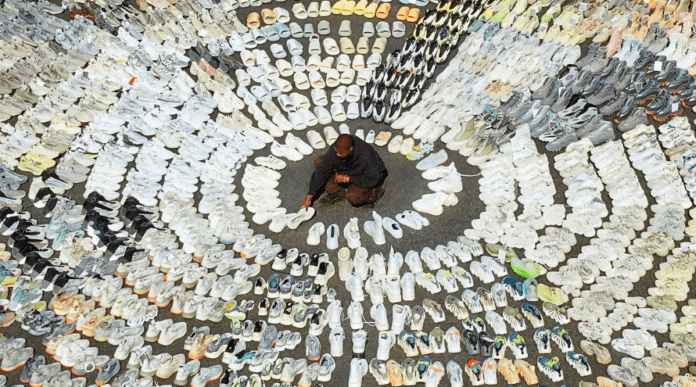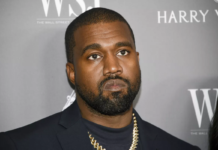
Kanye West has added another comma to his net worth.
According to a report from Forbes on Friday (April 24), Kanye has officially achieved billionaire status, making him the second rapper to do so after Jay-Z.
However, although Kanye is confirmed as a billionaire by the brand, there is speculation across social media as to whether or not Dr. Dre and Diddy have achieved this feat as well—neither have officially been deemed billionaires by Forbes.
The publication notes that it’s ’Ye’s Yeezy brand, which he owns in its’ entirety and falls under the Adidas umbrella, that helped push him over the $1 billion mark.
Forbes dissected the Chicago rapper’s success with Yeezy while also sharing how they tabulated Kanye’s net worth.
Forbes previously reported that West’s brand would close out 2019 with a revenue of $1.5 billion. They later calculated that Yeezy’s earnings were closer to $1.3 billion.

MORE:
Nonetheless, a decent portion of Kanye’s net worth can be attributed to his royalty agreement with Adidas.
West receives a “royalty around 15 percent of Yeezy revenue from Adidas. Upon closer inspection, it appears some expenses are carved out of that slice, bringing his actual cut closer to 11 percent.
At that rate, he would have received royalties of over $140 million from Yeezy sales last year,” the report says.
To get this official billionaire label, Kanye West’s team provided a statement of the rapper’s assets, which were listed as:
“$17 million in cash, $35 million in stocks, $81 million in “buildings and improvements.
“$21 million in land, as well as his G.O.O.D. label and publishing rights, which is said to be worth at least $90 million.”
There were also a sizable deduction for $100 million worth of debts, which included mortgages and advances.
Forbes also notes that they gave Kanye’s net worth a “50 percent haircut” due to the illiquidity of his assets and the “the lack of independent backup.”





